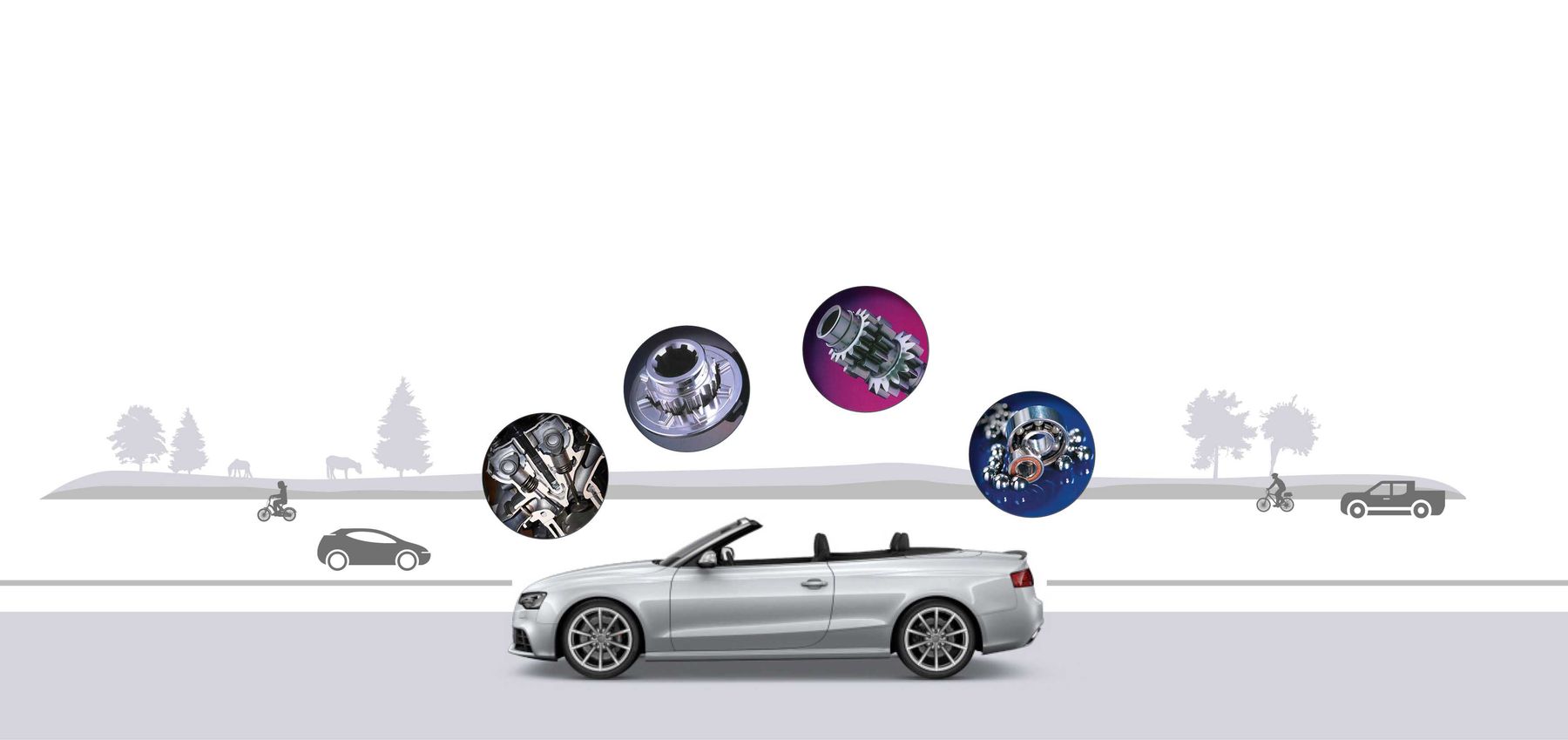
Sometimes we are distracted by the place that we choose to study either by our friends, family, passerby, noise etc, it is best to determine which place will be favorable for you to study, whether you are involved in a student exchange program or not: this tips below can help you:
- A Question Of Type: Study At Home Or In The Library?
First, find out where you’re studying: library, at home, or a combination of both.
One is so distracted by his living environment (telephone, refrigerator, household, roommate) that he prefers to go to the library. The other would like to leave his materials lying around to go straight back in the next day and pull his desk. Everyone has to make this decision for themselves. There is no right or wrong here. If you are unsure, you should give it a try. There are often alternatives to the university library in the city, such as public libraries, archives, and workplaces in museums. We will now focus on the workplace at home, as this is where you have the most design options.
- Strictly Separate Work And Relaxation Areas!
First of all, it is essential to have a permanent job. And only use this space for studying. Not to eat, read the newspaper, watch TV, etc. In return, you shouldn’t use the “relaxation zone” to work (for example, use your favorite armchair in which you always read the excellent book to study today). The classic study place is the desk. But some people learn much better on the floor (e.g., on a unique carpet, cloth), on the bed (a “learning day blanket” can help distinguish this), an extra table in the kitchen or….
If a strict separation is not possible, you can make do it with tricks and rituals. For example, if you only have one table that serves as a desk, dining table, coffee table, etc., you can change the position and put a tablecloth under it when you eat. Other rituals are, for example, putting the teddy bear on the desk, putting on a “learning T-shirt”, using a certain pen …
Here, too, these rituals must be then used exclusively for learning! Attention is to be paid to the conscious distinction. After some training time, the “workplace” is linked to “learning.” And getting started is much easier. To a certain extent, the brain goes “to work,” just as the employee goes to work tomorrow for tomorrow. Learning becomes a matter of course.
- What Belongs In The Workplace And What Doesn’t?
The exterior design of the workplace itself should be adapted to the needs. So, one only needs a book, a pen, and a piece of paper, while the other makes markings in different colors, pastes notes, learns from three books simultaneously, or brushes what has been read on large sheets of paper on the wall.
All necessary aids should be laid out before starting work. In this way, you prevent searching around, which is often used as an escape route. Things that distract from learning and disrupt concentration have no place in the workplace.
It helps banish the television, put away the remote control, turn off the computer, cut the internet connection, put the phone, cell phone on mute.
If you work at a desk, you should have enough space to spread out (at least 100×60 cm). The height depends on the height. And use a comfortable height-adjustable swivel chair that allows frequent changes of position.



